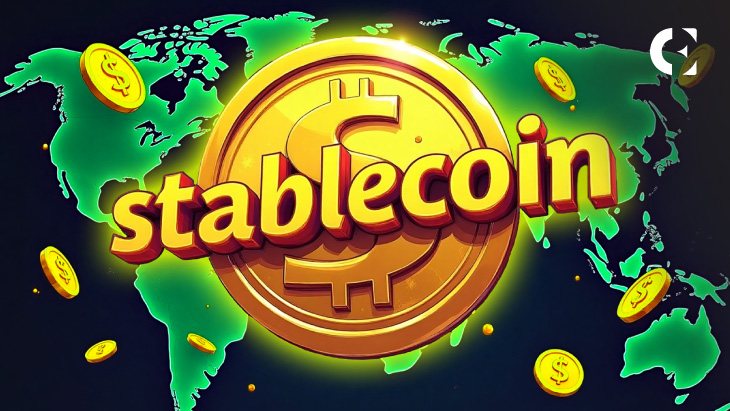- Stablecoins bridge inflation-hit regions with fast, mobile-first financial access solutions.
- U.S. and Hong Kong push forward legislation to regulate and scale stablecoin adoption.
- Industry leaders see 2025–2027 as the turning point for stablecoins in global finance.
As the race to modernize global finance intensifies, stablecoins have emerged as the main point of digital asset regulation and adoption. With rising instability in traditional monetary systems and increasing pressure to create inclusive digital economies, policymakers and industry leaders are seeing stablecoins as major instruments for the next phase of financial evolution.
Speaking on the “Crypto, Stablecoins & the Future of Finance” podcast, Lily Liu, president of the Solana Foundation, discussed the widening gap between growing retail crypto interest and the lack of institutional infrastructure in emerging markets.
Liu emphasized that stablecoins are already offering alternatives to inflation-impacted local currencies, particularly in underserved regions. She stressed the need to develop user-friendly platforms that cater to mobile-first populations and improve transactional efficiency. Solana’s high-speed architecture was noted for its role in enabling such access, especially in communities where financial tools are historically limited.
Related: Hong Kong’s Stablecoin Bill Passed to Strengthen Virtual Asset Regulations
Jambo cofounder James Zhang joined the conversation to add to the view that crypto’s growth depends on simultaneously nurturing both consumer access and institutional frameworks, according to Zhang, focusing on one side without the other risks limiting the long-term utility of digital finance.
Stablecoins Framed as Infrastructure, Not Just Instruments
At the Paxos Global Dollar Network event in New York, Sergio Mello, head of stablecoins at Anchorage Digital, outlined a timeline for regulatory clarity. Mello stated that the period from 2025 to 2027 would mark the most active development phase in digital asset history.
From his perspective, stablecoins represent not just a new asset class but a reconfiguration of money itself, merging transport and value layers into one streamlined mechanism. He described stablecoins as a more efficient form of fiat and predicted their integration into everyday transactions at scale.
Related: Senate Advances GENIUS Act: Will It Unlock Trillions in Stablecoin Liquidity?
Additionally, stablecoin legislation is advancing through the Senate in the United States under the GENIUS Act. David Sacks, a senior crypto and AI advisor to President Donald Trump, confirmed that the bill had passed the cloture threshold with bipartisan support. Sacks stated that formal regulation could unlock major demand for U.S. Treasuries, noting that over $200 billion in stablecoins already exist without regulatory clarity.
Meanwhile, Hong Kong has passed its own Stablecoin Bill following a third reading in its Legislative Council. Lawmaker Johnny Ng confirmed that institutions could begin applying for stablecoin licenses by year-end.
Disclaimer: The information presented in this article is for informational and educational purposes only. The article does not constitute financial advice or advice of any kind. Coin Edition is not responsible for any losses incurred as a result of the utilization of content, products, or services mentioned. Readers are advised to exercise caution before taking any action related to the company.







